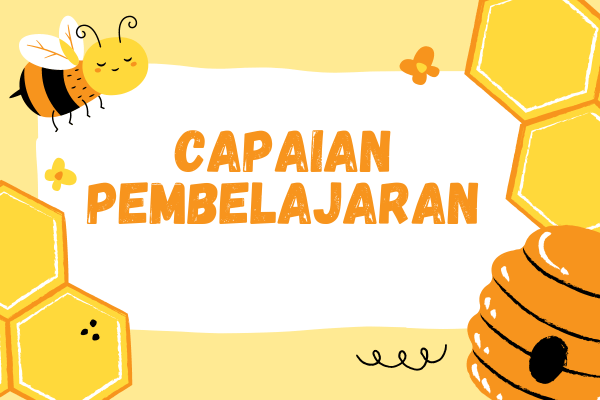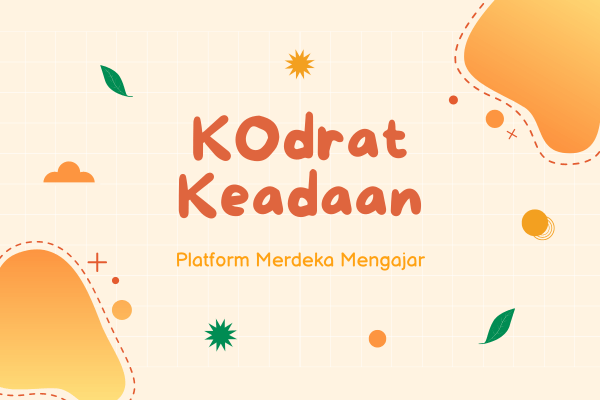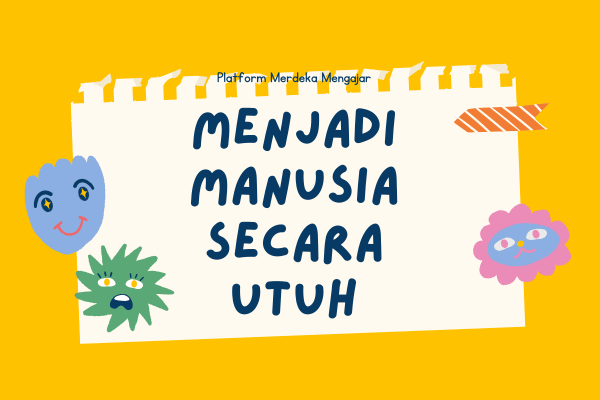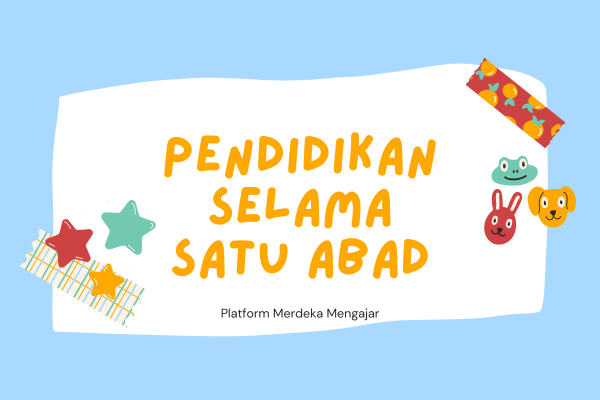Learning achievements
How to Understand the Principles and Overview of the Merdeka Curriculum and Deep Learning Achievements.
In the ever-evolving era of education, the 2013 curriculum has undergone changes and transformed into the Merdeka Curriculum, which embraces the concept of Merdeka Belajar (Freedom to Learn). The Merdeka Curriculum aims to create meaningful, enjoyable, and student-centered learning that caters to the needs and potentials of each student. One important aspect of the Merdeka Curriculum is learning achievements or CP (Capaian Pembelajaran). Learning achievements refer to the competencies and characters to be achieved after completing a certain period of learning.
The learning achievements in the Merdeka Curriculum have similar goals to the core competencies and basic competencies in the 2013 curriculum. However, in the Merdeka Curriculum, the emphasis is more on the core competencies and essential content. This is to encourage deep learning processes, where students focus more on understanding concepts and applying knowledge rather than merely pursuing detailed content completion.
The division of learning achievements in the Merdeka Curriculum is based on the students' developmental phases. In primary schools (SD), the learning achievements are divided into three phases:
- Phase A for grades 1-2,
- Phase B for grades 3-4, and
- Phase C for grades 5-6.
In junior high schools (SMP), students are in:
- Phase D and Phase E for grade 10, and
- Phase F for grades 11 and 12.
Meanwhile, in early childhood education (PAUD), foundation phases are prepared to prepare students for the learning achievement phases.
Each phase in learning achievements has a learning period ranging from 1 to 3 years. This time span provides a broader opportunity for students to master the competencies within the learning achievements in each phase.
Moreover, the longer time span also allows flexibility for teachers to develop appropriate learning strategies based on the unique needs and characteristics of each student.
The division of learning achievements in these phases is based on the students' developmental stages. This concept refers to Jean Piaget's theory of cognitive development in children, which states that cognitive development occurs through four stages:
- Sensorimotor (0-2 years),
- Preoperational (2-7 years),
- Concrete operational (7-11 years), and
- Formal operational (11 years and above).
In the learning achievements of the Merdeka Curriculum, teachers consider students' cognitive developmental stages when formulating and developing the competencies to be achieved in each phase. For example, in mathematics, the learning achievements in the early phases of primary school focus on understanding and recognizing various flat shapes.
- In Phase A, students are introduced to various flat shapes and can describe them using words.
- In Phase B, students start to compare the characteristics of different flat shapes concretely.
- In Phase C, students can classify various flat shapes based on their characteristics.
In junior high school, the learning achievements emphasize the application of more abstract concepts.
- In Phase D, students are introduced to abstract concepts such as proving the Pythagorean theorem using various methods.
- In Phase E, students are encouraged to solve more abstract mathematical problems, such as those related to right triangles.
- In Phase F, students move towards the application of more complex concepts, such as applying theorems related to circles.
In formulating the learning achievements, not only the theory of children's cognitive development is used but also the constructivist approach. Constructivism is a learning theory that emphasizes the process of constructing new knowledge by students through experiences, social interactions, and reflection. According to this approach, students are active in constructing their own knowledge based on their prior abilities, learning experiences, and social interactions.
With the constructivist approach, learning is directed towards building understanding by creating works or products. Through the process of creation, students need to have the knowledge and skills related to the competencies to be achieved. For example, in building a house plan, students need to understand how to measure spaces, calculate scales, and so on. In this case, the ability to understand is at the highest level in Bloom's Taxonomy, while the ability to create is at the top.
The constructivist approach also considers the diversity of students' prior abilities and learning experiences. As a result, each student in the class can build their own unique understanding and knowledge. Teachers play an important role in facilitating the learning process that suits the needs and unique characteristics of each student.
In the Merdeka Curriculum, the learning achievements formulated based on these principles and overview aim to encourage deep and meaningful learning. By focusing on core competencies and essential content, the learning achievements are not rushed to complete detailed content. Teachers have more flexible space to facilitate deep learning that suits the needs and interests of students.
In deep learning, students are encouraged to think critically, develop problem-solving skills, collaborate, and communicate their ideas. Students are actively engaged in the learning process, not just as passive recipients of knowledge from teachers. In this case, learning achievements are not merely the final outcomes but also the engaged learning process.
In the Merdeka Belajar (Freedom to Learn) approach, students are given the freedom to explore their potentials and interests. They can choose and determine their own learning paths, whether it's selecting subjects, topics, or the most effective learning methods for them. In this regard, learning achievements provide opportunities for students to develop their interests, talents, and potentials more effectively.
In the Merdeka Curriculum, evaluation also focuses on the learning process, not just the final outcomes. Teachers provide constructive feedback to students to help them improve their understanding and skills. Evaluation is also conducted continuously through various assessment forms that cover different aspects of the competencies to be achieved.
Overall, the Merdeka Curriculum with its deep learning achievements aims to create meaningful, enjoyable, and student-centered learning that caters to the needs and potentials of each student. With the constructivist approach and the implementation of the freedom to learn principles, it is hoped that students can develop deeper understanding, build skills, and develop the necessary character to face the challenges of the future.







